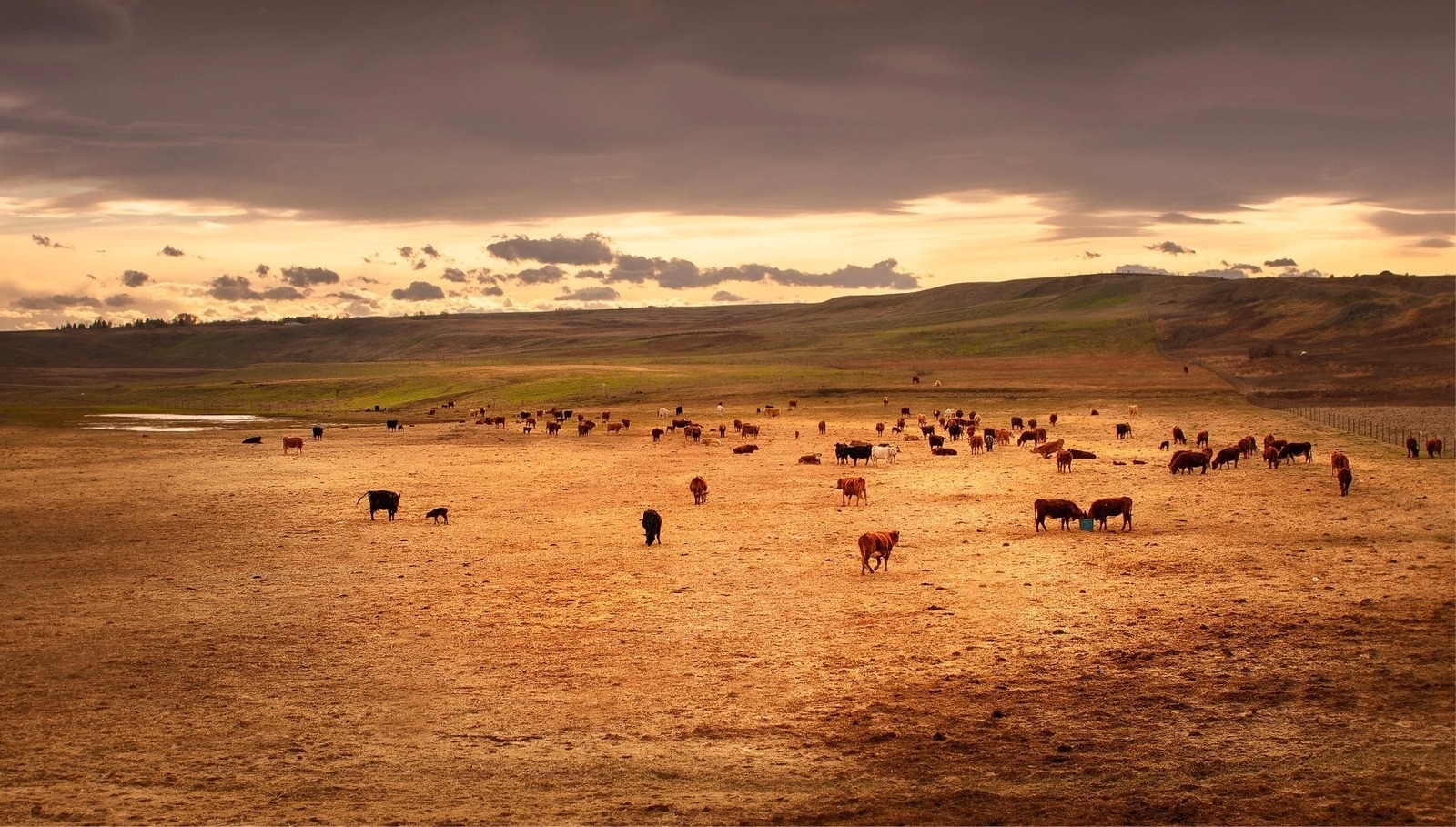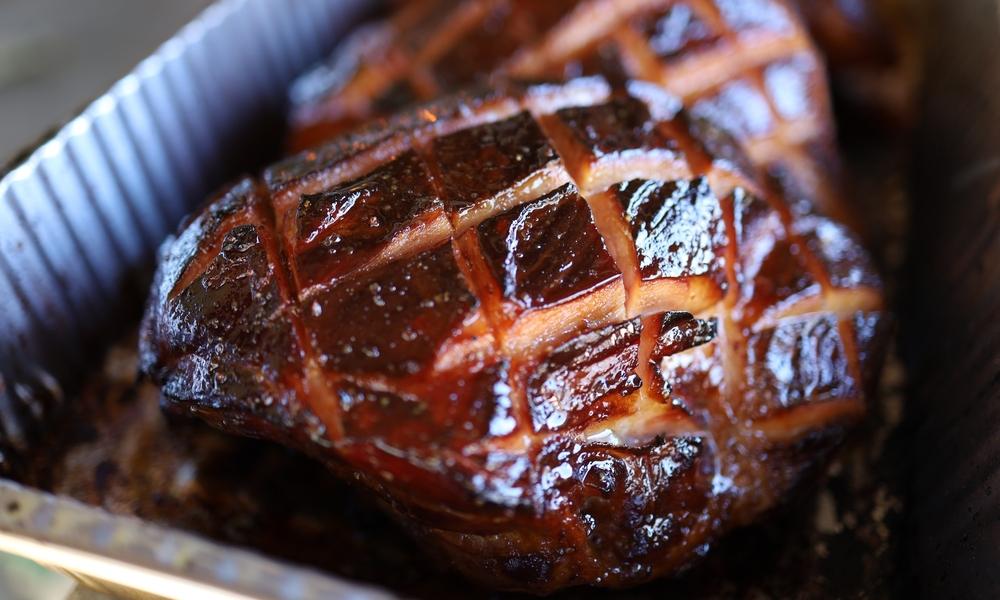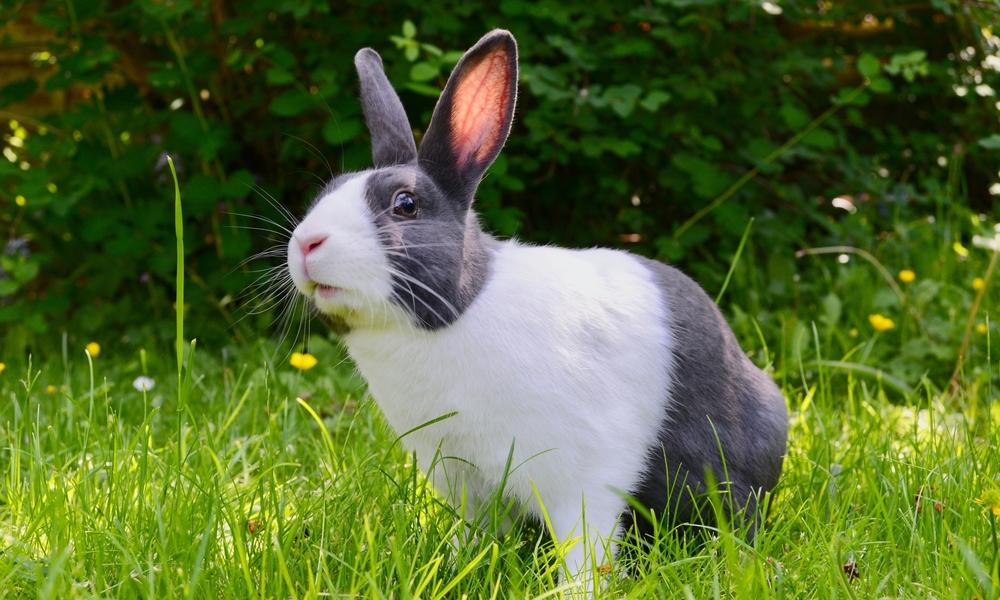AUG 13, 2025
Early Weaning Strategies for Ranchers Facing Drought
Beating the Heat
In Central Washington, where dry summers are nothing new, 2025’s continued drought conditions are pressing ranchers to consider early weaning as a way to reduce stress on both cattle and pasture. While it's not ideal, early weaning can be an effective management strategy when handled carefully—with proper nutrition and planning being key.
Here are some practical tips for making early weaning work on your operation, drawn from local experience and trusted nutritional guidance from Purina Mills.
Why Early Weaning?
Drought stress limits both forage quality and quantity, meaning cows struggle to maintain body condition while nursing calves. Early weaning:
- Reduces the cow’s nutritional demands.
- Allows more pasture to be saved or rotated.
- Gives you more control over the calf’s diet and growth.
Calves as young as 90-120 days can be successfully weaned with the right approach.
1. Prepare Calves for the Transition
Start by creep feeding if possible, at least 2–3 weeks before weaning. This helps calves adjust to dry feed and eases the nutritional shock of separation.
Purina recommends Precon® Complete—a highly palatable feed designed to:
- Encourage intake in stressed calves.
- Promote healthy rumen development.
- Provide balanced nutrients to support immune response and weight gain.
2. Minimize Stress During Weaning
Stress is the biggest threat to calf health during early weaning. Use these strategies:
- Fenceline weaning: Calves can see/smell their mothers through a fence for a few days, reducing separation anxiety.
- Shade and clean water: Especially crucial during Central Washington’s hot, dry summers.
- Group calves by size/age to avoid competition and injury.
Vaccinate prior to weaning if possible, and work with us on a pre-weaning health protocol.
3. Feed for Success
When forage is limited, a complete starter ration or tub may be necessary. Purina’s Rangeland 24-12 tubs help stretch existing forage and Precon® Complete offers a blend of protein, energy, vitamins, and minerals to support:
- Optimal frame growth
- Digestive health
- Consistent daily gains
Old Mill’s feed specialists can help you develop a cost-effective ration plan that suits your operation and feed availability.
4. Monitor Performance Closely
Weigh calves regularly if possible, or track condition visually. Calves should gain 1.5 to 2 pounds per day if the ration is balanced and intake is consistent.
If gains fall behind, or calves are slow to start eating, consult with a nutritionist to adjust your program.
5. Get Support from Local Experts
At Old Mill Country Store, we understand the challenges Central Washington ranchers face. Our team can help you:
- Choose the right Purina feeds and supplements
- Build custom weaning programs based on forage tests and pasture availability
- Adjust your plan as conditions change
Final Thoughts
Early weaning isn't just a drought survival tactic—it’s a smart management tool when forage is tight and every pound counts. By reducing pressure on cows and pastures while giving calves the nutrition they need to thrive, you can protect both your herd and your bottom line.
With the right plan, proven Purina products, and support from the team at Old Mill, you can make early weaning a success this season.
Need help building a plan?
Stop by Old Mill or call us to talk with one of our livestock specialists. We’re here to help you weather the drought—strong calves start with smart nutrition.
Stop by Old Mill or call us to talk with one of our livestock specialists. We’re here to help you weather the drought—strong calves start with smart nutrition.
More Old Mill Country Store Posts
How Else Can Old Mill Help You?



